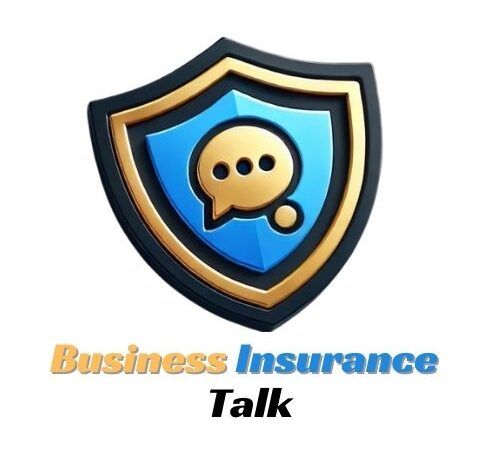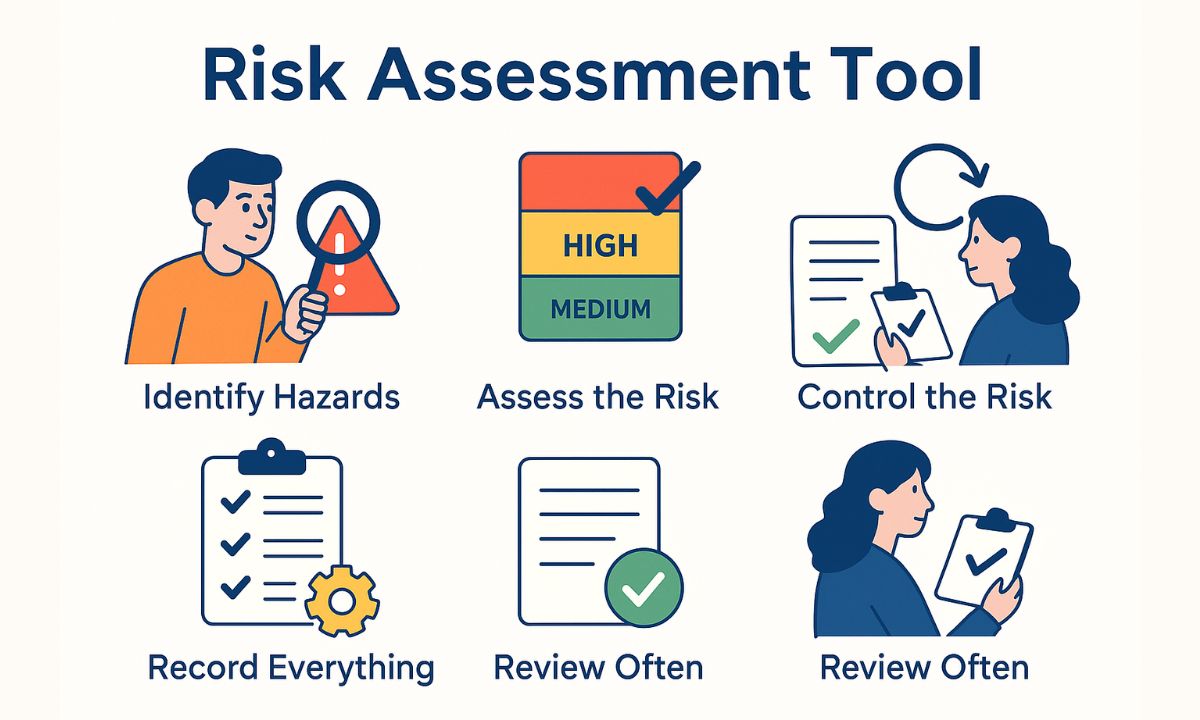🔍 What Is Risk?
Have you ever thought about what could go wrong before doing something? That’s called thinking about risk. A risk is something bad that could happen. For example, crossing a busy road without looking both ways is a risk.
Now, imagine you’re in charge of a school, hospital, factory, or even your own small business. You want to keep people safe, right? That’s where a Risk Assessment Tool comes in. It helps you find out what dangers may be there and how to stop them before they happen.
🧰 What Is a Risk Assessment Tool?
A Risk Assessment Tool is a simple software or worksheet that helps you:
- Find possible dangers (called “hazards”)
- Understand how serious those dangers are
- Decide what to do to make things safer
It’s like a safety checklist that helps protect people, property, money, and time.
🧠 Why Is a Risk Assessment Tool Important?
Using a risk assessment tool helps you:
- Stay Safe – You avoid accidents and injuries.
- Save Money – You stop problems before they get big and costly.
- Follow Rules – Many places have safety laws. This tool helps you follow them.
- Make Smart Plans – You get better at planning.
- Feel Ready – You won’t be surprised when something goes wrong.
🏢 Who Uses Risk Assessment Tools?
Lots of people and companies use them. Here are some examples:
- Schools – To keep students and teachers safe.
- Hospitals – To avoid infections and injuries.
- Construction Sites – To stop falls or tool-related accidents.
- Offices – To prevent slips, cyber threats, or data loss.
- Businesses – To protect against fire, theft, or market loss.
- IT Companies – To prevent hackers and software problems.
📋 What Does a Risk Assessment Tool Do?
Here’s how a good tool works in simple steps:
1. Find the Risk (Identify Hazards)
You write down anything that could cause harm. This might be:
- Wet floors
- Bad wiring
- Open fire
- Weak passwords
- Broken ladders
2. Check the Risk (Assess the Risk Level)
You ask:
- How likely is this to happen?
- If it happens, how bad will it be?
You can rate the risk as:
- Low
- Medium
- High
3. Take Action (Control the Risk)
You make a plan to:
- Remove the danger
- Use safer equipment
- Train workers
- Put up signs or alarms
- Install software protection
4. Record Everything
You keep a record of:
- What risks did you find
- What action did you take
- Who is responsible
- When you checked
5. Review Often
You check the tool often to see:
- If new risks have come
- If the old risks are fixed
- If the safety plan is working
🖥️ Types of Risk Assessment Tools
There are different types of tools, depending on your needs:
1. Paper-Based Checklists
Simple forms where you tick boxes. Best for small offices or schools.
2. Spreadsheets (like Excel)
Good for medium-sized businesses to keep data organized.
3. Software Tools
Apps and online platforms with smart features like:
- Auto alerts
- Risk scoring
- Data tracking
- Charts and reports
Popular software includes:
- iAuditor
- RiskWatch
- LogicGate
- Resolver
4. AI-Powered Tools
These tools use artificial intelligence to predict future risks based on past data.
🧩 Features of a Good Risk Assessment Tool
When choosing a tool, look for:
✔️ Easy to use
✔️ Works on mobile and desktop
✔️ Customizable templates
✔️ Clear visuals (charts, risk matrix)
✔️ Cloud storage and backups
✔️ Secure (keeps your info safe)
✔️ Alerts and reminders
💡 Real-Life Example
Example: A School Using a Risk Assessment Tool
A school principal uses a simple online tool. They find:
- Risk: Wet floors after cleaning
- Risk level: High (students may fall)
- Action: Put up warning signs and use fans to dry quickly
- Review: Every morning before school opens
This small step helps keep kids safe and avoids injuries.
⚙️ How to Choose the Right Tool?
Ask these questions:
- Is it easy to learn?
- Can my team use it without training?
- Does it fit my budget?
- Can I try a free version first?
- Is customer support available?
Pick the one that fits your size and goals. A small café doesn’t need a big, expensive tool. But a hospital might!
Risk Assessment Tool
🏁 Conclusion: Safety First, Always
A Risk Assessment Tool is like your safety buddy. It helps you see problems before they happen. It’s useful for schools, businesses, hospitals, and even your home.
In just a few easy steps — identify, assess, control, record, and review — you can keep your place safer for everyone.
Whether you’re a teacher, manager, or small business owner, using a tool like this shows you care. And when you care, people trust you more.
Start simple. Stay safe. Use a risk assessment tool today!

